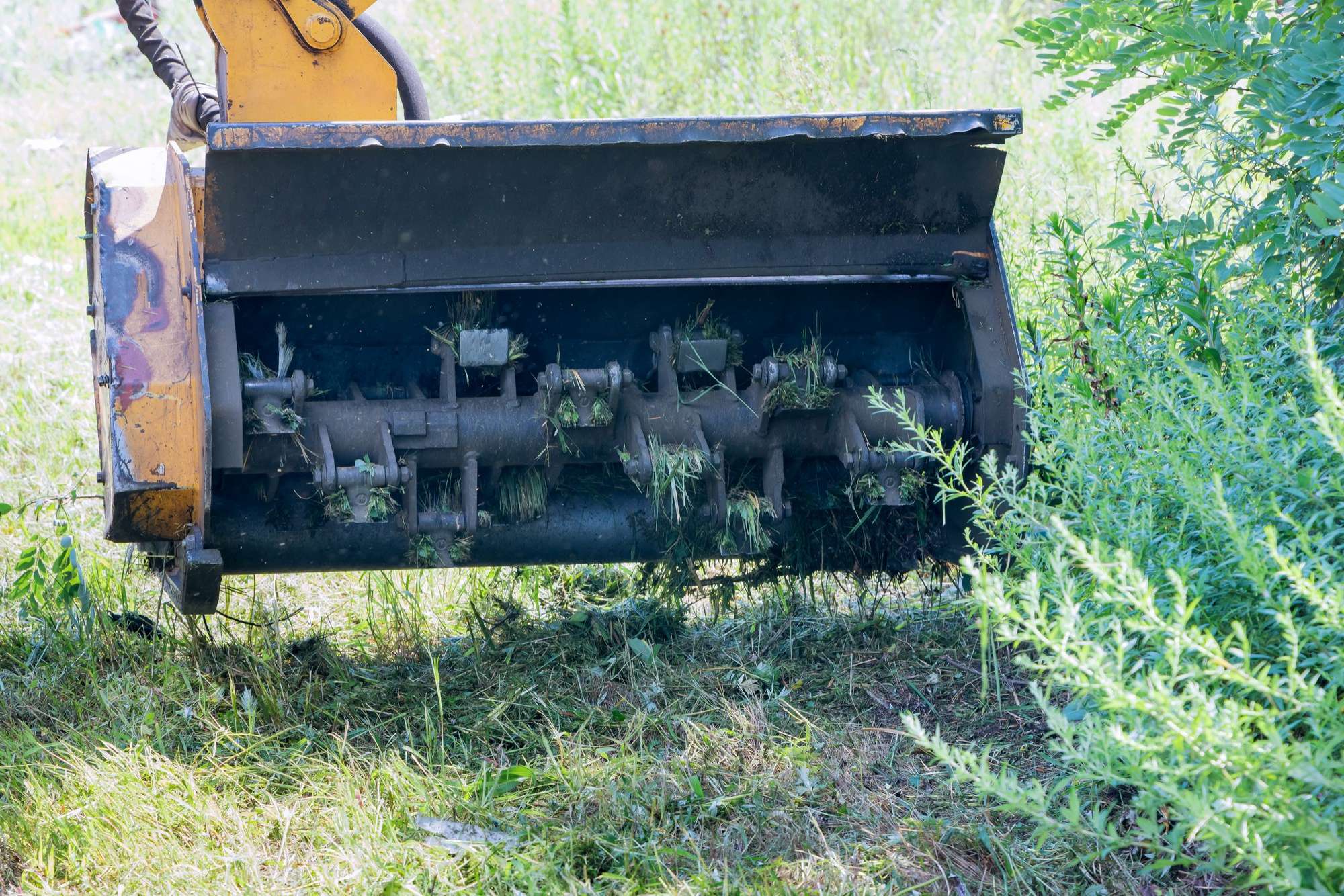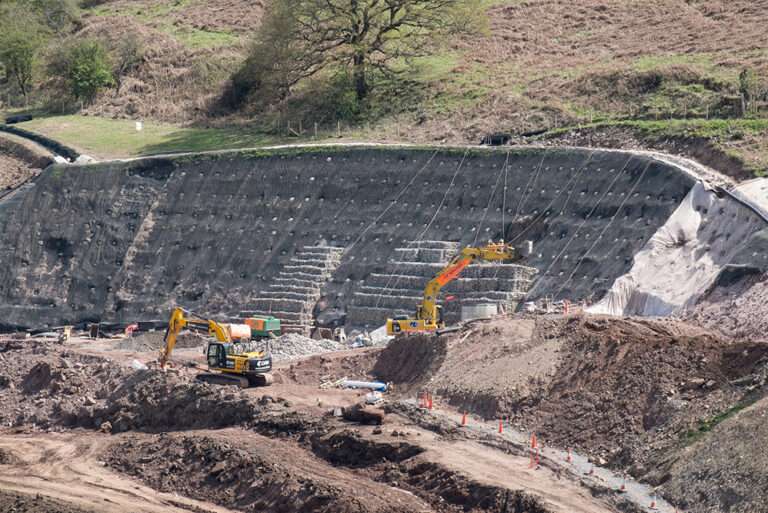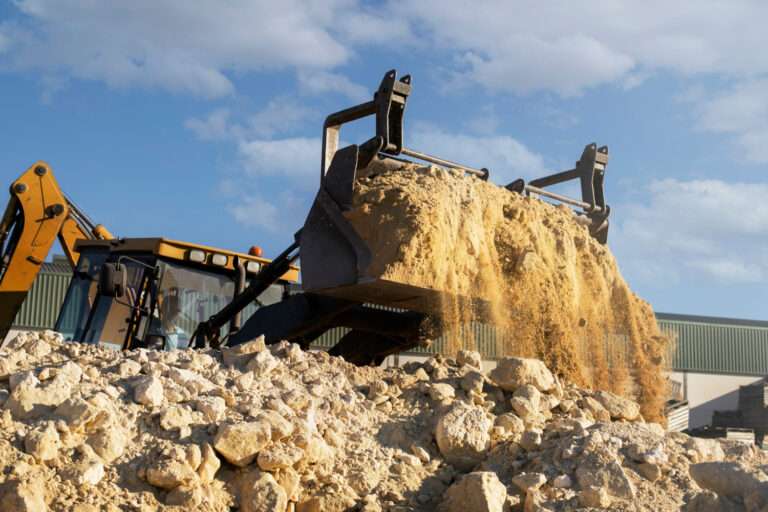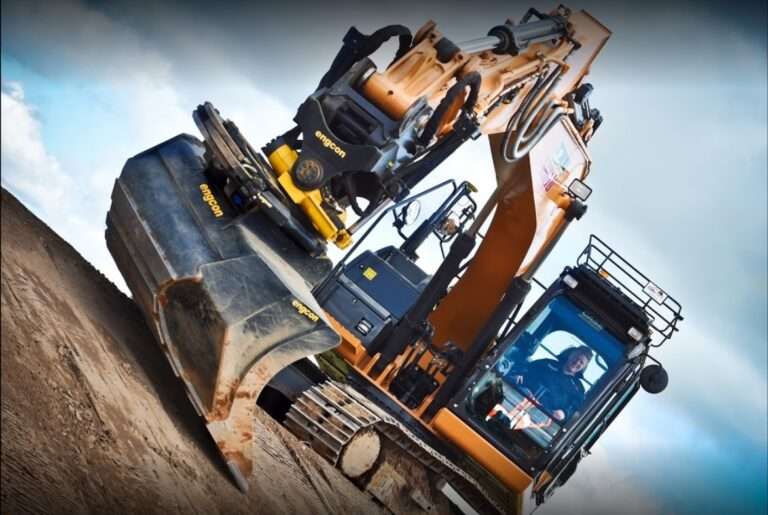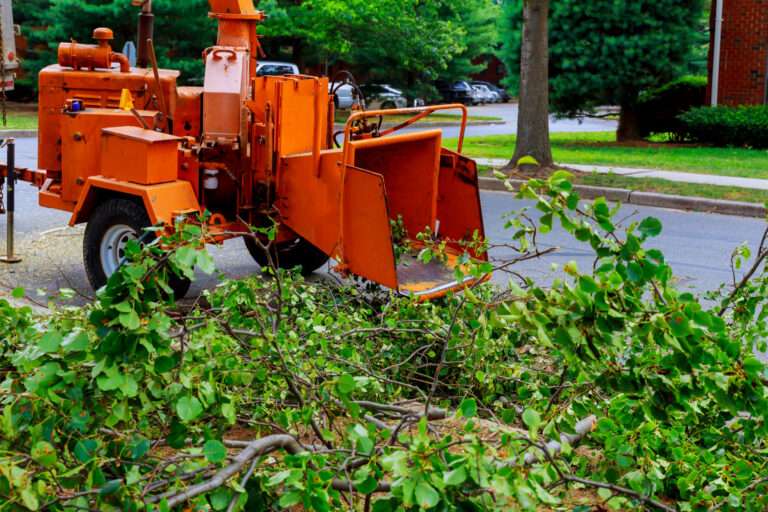Smart Site Clearance: 9 Cost-Saving Tips for Commercial Projects
Clearing a site before construction or landscaping is non-negotiable—but that doesn’t mean it needs to cost the earth. With the right strategy, businesses can save thousands on site and vegetation clearance without compromising safety, timelines or outcomes.
Whether you’re preparing for a new build, roadworks or environmental works, these cost-effective clearance tips will help you stay on budget and keep your project on track.
🌿 Why Site Clearance Matters—and Why Costs Can Escalate
Site clearance removes unwanted vegetation, debris, and obstructions to make way for development. But costs can spiral if:
- Unexpected vegetation or waste is discovered
- Ecological risks are overlooked
- Heavy plant is overused or poorly scheduled
- Permits or checks are missed
- Materials aren’t recycled or reused
Fortunately, with expert planning and smart decisions, costs can be kept in check from day one.
💰 Top 9 Cost-Effective Site Clearance Tips
1. Start with a Detailed Site Survey
Before anything is removed, you need to know what’s actually on-site. A full topographical and vegetation survey helps identify:
- Protected species and habitats
- Tree Preservation Orders (TPOs)
- Utility locations and underground services
- Hazardous or contaminated areas
Why it saves money: You avoid rework, surprises, and stop-work orders.
2. Time It Right
Clearing outside of nesting season (typically March–August) prevents delays and reduces the need for ecological supervision.
Why it saves money: Less downtime, fewer specialist costs.
3. Use the Right Equipment for the Job
Using oversized or inappropriate machinery wastes fuel and increases wear and tear. Choose:
- Flail mowers for scrub and grass
- Tree shears for larger vegetation
- Stump grinders for full clearance
- Hand tools for sensitive or restricted areas
Why it saves money: Efficiency and precision reduce labour and fuel costs.
4. Phase the Work
Breaking the job into stages allows early phases to inform and refine the later ones. It also allows other works (such as drainage or fencing) to run in parallel.
Why it saves money: Improved coordination and reduced downtime.
5. Reuse Site Materials
Where possible, mulch removed vegetation or chip branches for temporary pathways or erosion control. Use cleared timber on-site or sell valuable species.
Why it saves money: Reduced waste transport and disposal fees.
6. Plan Waste Removal Strategically
Skip hire, haulage, and tipping costs add up quickly. Work with contractors who:
- Hold waste carrier licences
- Use local or on-site processing
- Sort materials at source
- Avoid landfill where possible
Why it saves money: Less landfill tax, lower logistics spend.
7. Bundle Tasks Together
Combining site clearance with other early-stage works such as tree felling, fencing removal, or grading can unlock economies of scale.
Why it saves money: Single mobilisation of plant and labour.
8. Don’t Skip the Permissions
Skipping permits or failing to consult the local planning authority can result in expensive fines or project shutdowns. You may need:
- TPO approval
- Ecological mitigation
- Arboricultural reports
- Environmental management plans
Why it saves money: Prevents legal costs and restart expenses.
9. Use a Specialist Contractor
DIY clearance can backfire fast. Instead, partner with a contractor experienced in site & vegetation clearance for commercial projects. They bring the equipment, training, and efficiency to do the job once—and do it right.
Why it saves money: Avoids hidden costs, rework, and delays.
🤔 Frequently Asked Questions
Q: Can I carry out tree clearance myself on a commercial site?
A: You can, but it’s risky. TPOs, health and safety risks, and ecological laws make it wise to use a qualified contractor.
Q: Is it cheaper to clear in winter?
A: Often, yes. Ground is firmer, nesting birds are less active, and plant availability is better—meaning less risk of delays.
Q: What happens to the cleared material?
A: Ideally, it’s mulched, chipped, or reused. Killingley recycles or reuses site material wherever possible to reduce landfill.
📈 Hidden Cost Savings You Might Miss
| Opportunity | How It Helps |
|---|---|
| In-house ecology survey | Reduces need for outsourced consultants |
| Shared access planning | Prevents duplicate fencing, trackways, etc. |
| Soil screening | Avoids importing expensive topsoil later |
| GPS-controlled plant | Cuts fuel use and improves accuracy |
| Early stakeholder input | Minimises objections and costly redesigns |
✅ Wrap-Up: Clear Smart, Not Just Fast
Site clearance sets the tone for the entire project. By planning well, using the right tools, and working with experienced professionals, you not only keep your budget under control—you lay the groundwork for long-term success.
Remember: clearing fast is good. Clearing smart and safe is better.
Killingley Insights is the editorial voice of NT Killingley Ltd, drawing on decades of experience in landscaping, environmental enhancements, and civil engineering projects across the UK.


